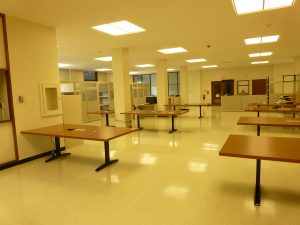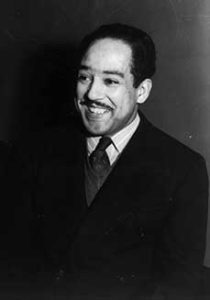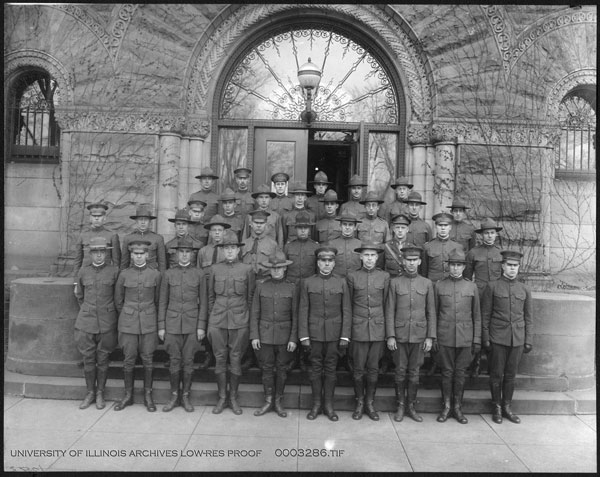Stay Tuned! Daily Updates on the progress of the move, including new photos, will be added starting May 21!
In 1963 the University of Illinois Archives opened its doors to the public. For 52 years the basement of the Main Library Building has been our home and it has served our needs well, but as the collections grew and as ever more students and scholars came to use the Archives, Room 19 became too cramped and unsuitable for our users. For the past three years, the archivists and the Library’s Assistant Dean for Facilities have been working to create a space more fitting to the Archives’great collections and users.
On May 21, 2015 the University of Illinois Archives will begin to relocate its core collections and public service operations from the basement to the former Applied Health Sciences Library (room 146 Main Library).


The new home of the University Archives has been recently remodeled and outfitted with new equipment, large tables, improved wireless connectivity and expanded oversize storage. In addition to new equipment the remodel includes designated archival instruction and exhibit space as well as expanded stations for staff working with born-digital and digitized archives.
To ensure a speedy move our basement location (room 19 Main Library) will close its doors to the public between May 21 and May 29, 2015.
Only the Main Library location will be unavailable to the public during this time. The Student Life and Culture Archives and the Sousa Archives and Center for American Music will continue their regular hours of operation.
We will continue to check our email (illiarch@illinois.edu) and voice mail (217-333-0798) during the move.
Looking forward to opening our doors June 01, 2015!
For more photographs documenting our move please visit: https://uofi.box.com/ArchivesNewSpace


